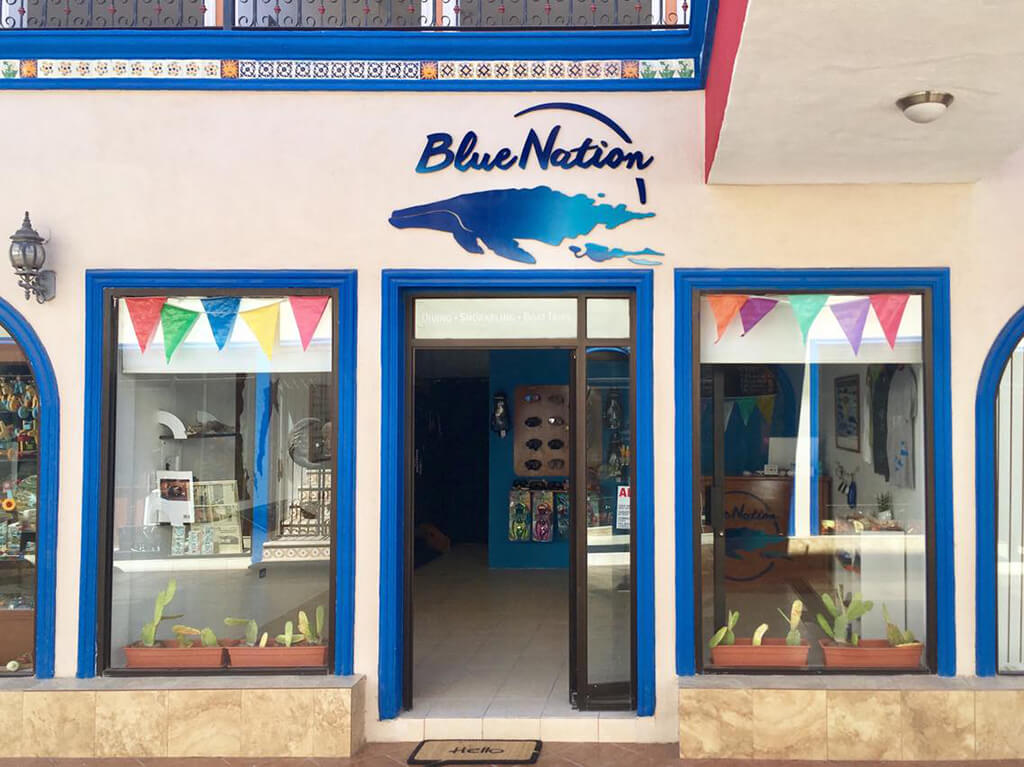
The Sea of Cortez has been called the “World's Aquarium.” Dive pioneer Jacques Cousteau said it first, and a lot of people have quoted him ever since. The thing is, Jacques was right. There may be places with prettier coral reefs and more exotic endemics, but few that can deliver the sheer numbers and variety of marine life you'll find in this 700-mile-long body of water formed by the Mexican mainland and the Baja Peninsula.


When they set their sights on the Baja, most divers head for Cabo San Lucas. This is the jumping-off point for liveaboard cruises to the big animal adventures of the Socorro Islands, plus local day trips, blue water encounters and visits to the Cabo Pulmo Marine Preserve. If you are into the beach and party scene, Cabo is great. But if you are looking for a slice of authentic small-town Mexico, you'll want to stop off some 200 miles to the north in the quiet seaside village of Loreto. In addition to the laid-back vibe, this place is also close to some of the fishiest dive sites in Baja. How fishy? Try 900 species, plus 32 different types of marine mammals.

Loreto lies at the juncture of two marine ecosystems. It is the mixing of these two systems that accounts for the underwater richness. Temperate waters within the Sea support tropical species, while Pacific waters bring the big animals. The roster of marine megafauna found near Loreto includes everything from manta and mobia rays to sea lions, dolphins, seals, whale sharks and chance sightings of pelagic game fish, sharks and even the occasional orca or whale. In addition to tropical fish such as angelfish, butterflyfish, surgeonfish, moorish idols, you'll have plenty of turtles and eels, tons of schooling fish such as tuna, jacks, barracuda and yellowtail, sightings of bumphead parrotfish, pargo snapper and leopard groupers, plus and a surprisingly good collection of invertebrates and macro subjects. Another great thing about this area is that you won't have to share this underwater bounty with crowds. There's only a couple of dive operators in Loreto, and Cabo-based liveaboards almost never venture this far north in the Sea of Cortez.
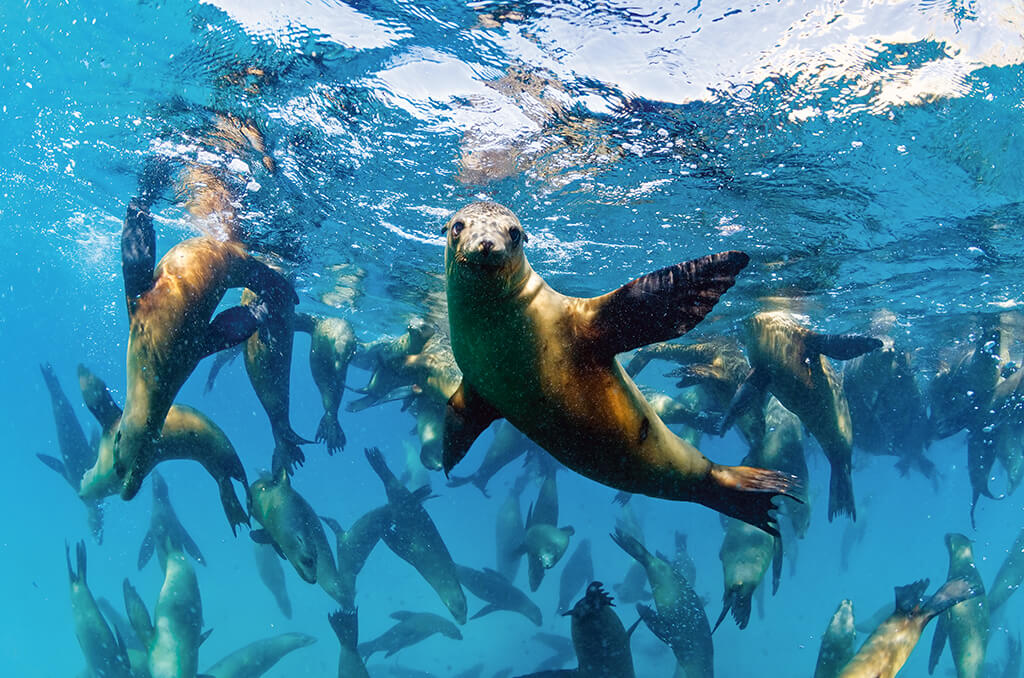
Many of the area's best dive sites are located within the Bahia de Loreto National Park. This 800 square-mile marine preserve includes five uninhabited islands and a number of smaller islets. With little boat traffic and no commercial fishing allowed within the preserve, divers have the waters pretty much to themselves. Below the surface, landscapes range from boulder-strewn bays to rocky slopes, walls and canyons, plus a number of undersea pinnacles that rise from the depths. Coral growth is somewhat limited in the central Gulf, but some areas sport a healthy collection of sea fans and groves of black coral. There are also two wrecks in the preserve worth visiting: a 120-foot fishing boat lying in fairly shallow water near Carmen Island, and a purpose-sunk WW II minesweeper, the 185-foot Agustin Melgar, which rests at a depth of 75 feet.
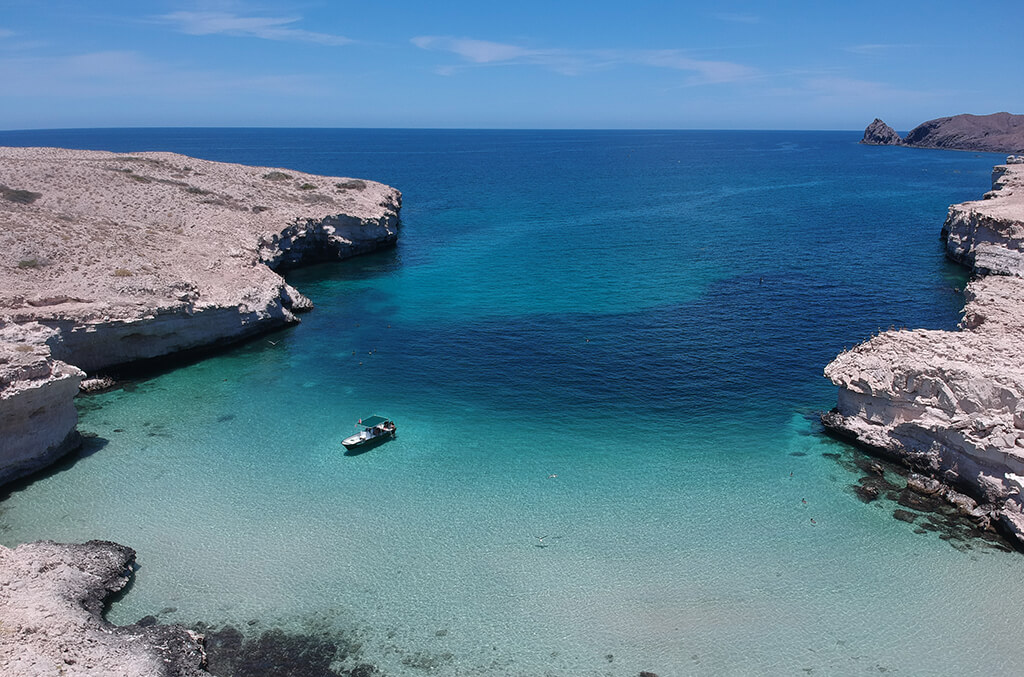
There's no real bad time to dive Bahia de Loreto, but Baja veterans may tell you that they prefer the months from July through October. Winter drops water temperatures into the low 70s and can bring periods of strong El Norte winds that stir up shallower sites and make boat rides more of an adventure. Spring brings plankton blooms that can reduce visibility, but at the same time, bring in the big marine mammals. From January through spring, you have a chance to see and possibly swim with humpback, minke, finback, sei, blue, sperm, pilot, and California gray whale, plus orcas and large pods of bottlenose dolphins. which could be seen as a mixed blessing, as the blooms reduce visibility, but attract migrating whales. By summer, air temperatures along the arid coastline can soar hit the-100-degree mark, while water temps rise into the mid to high 80s. Water clarity at this time often runs 70 feet or more and reaches 100-plus at times. A favorite season is fall, as warm water lingers as air temperatures moderate, seas are typically calm, and underwater visibility typically ranges from good to excellent.
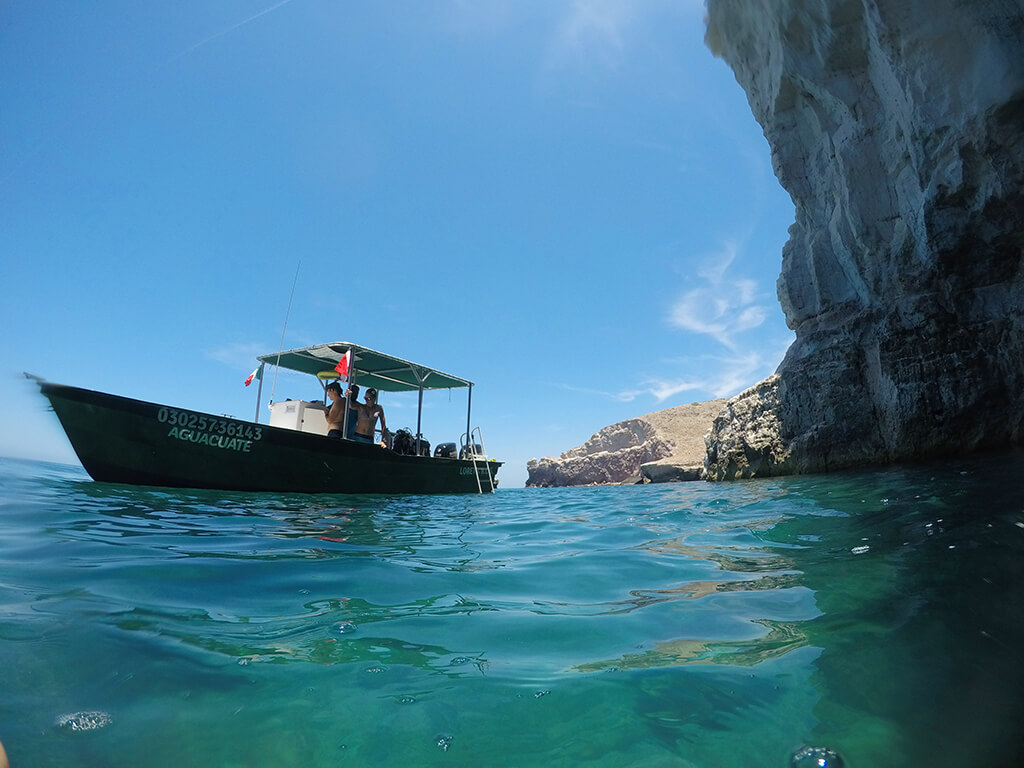
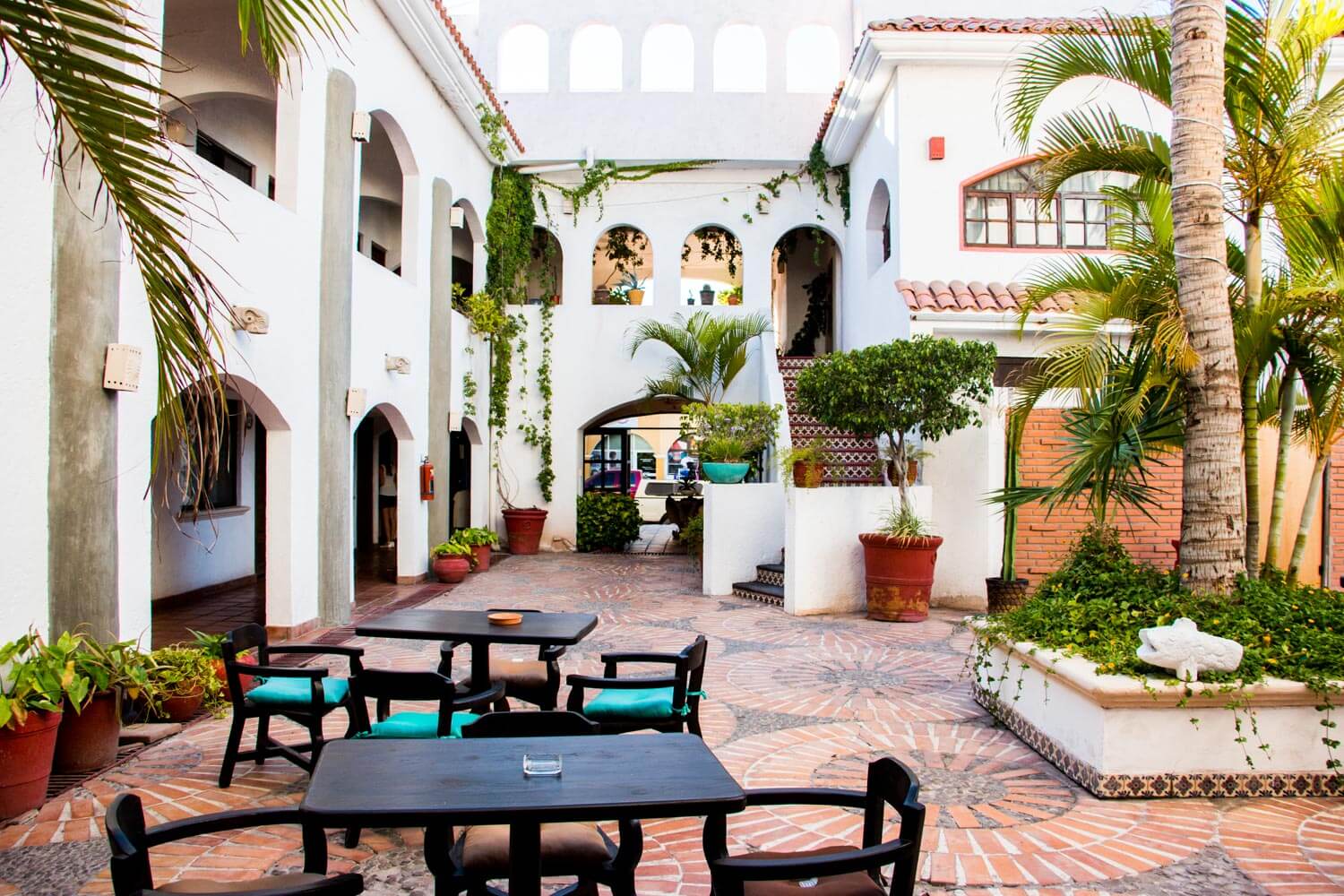
The town of Loreto is well off the tourism radar, so don't expect the pulsating nightlife of Cabo San Lucas, or the upscale coastal enclaves of Cabo Pulmo. But if you are into relaxed local scenes with some good restaurants and a waterfront that's worthy of an evening stroll, you'll love this place. The place to stay is Hotel Plaza Loreto. This 25-room property combines traditional style with modern conveniences, and it sits in the heart of the town's historic district, just two blocks away from the waterfront. For more than ten years, Blue Nation has remained Loreto's favorite dive operator. This full-service shop caters to small groups and typically carries just 6 to 7 divers aboard their fast twin-outboard dive boat. In addition to daily two-tank excursions to the best sites within the marine park, the shop can create custom all-day itineraries that can include whale watching and stops on deserted beaches.
We have created special stay-and-dive packages with Hotel Plaza Loreto and Blue Nation. To learn more about the underwater adventures and topside relaxations that await in Loreto, give us a call at 800-329-9989 or send a note to sales@caradonna.com.
Click here to see packages for Loreto
